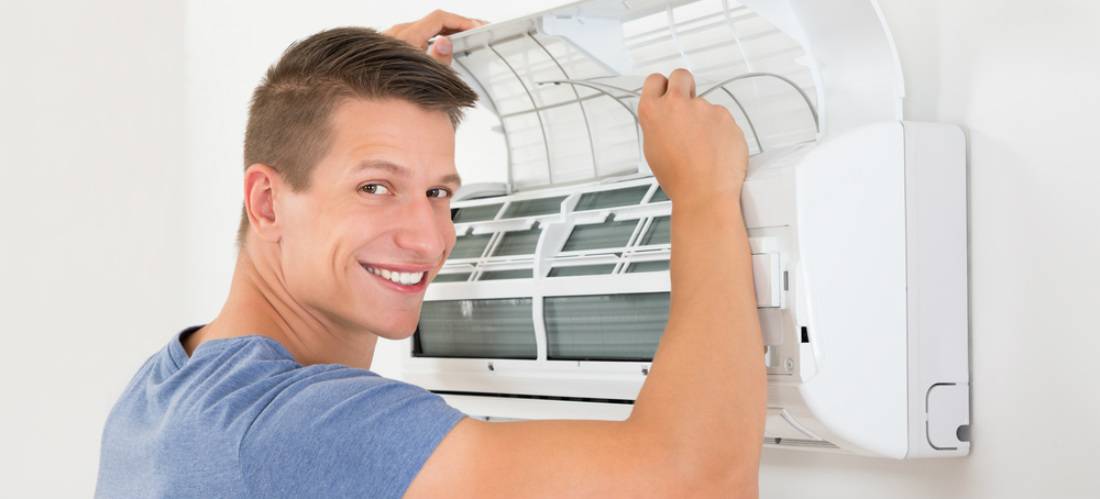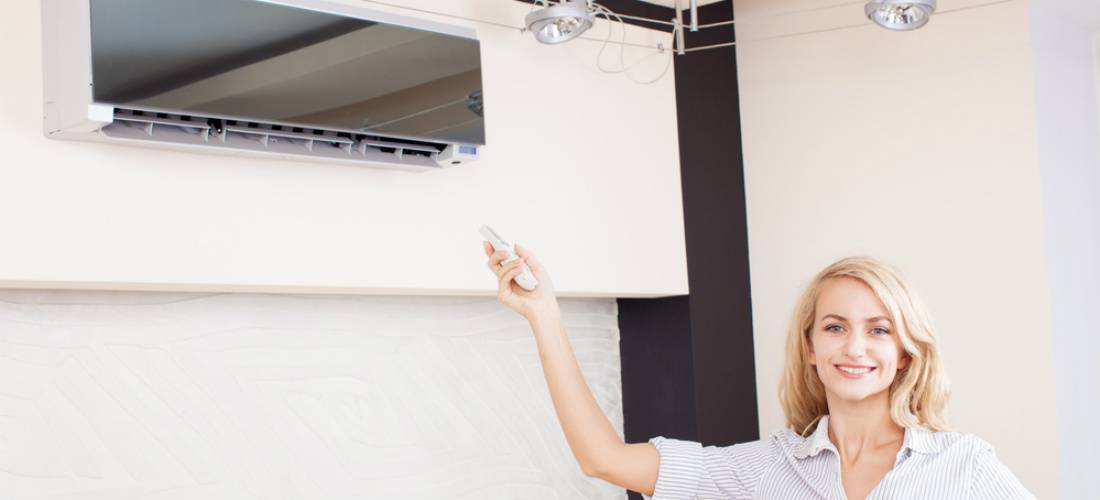Air conditioners = high electric bill. Nobody can argue with that.
But don’t you know that by giving your air conditioners some proper TLC, you can make sure it will run in tiptop shape without the heavy price tag by the end of the month.
1.Change your air filter regularly.
Before putting your air conditioner back to fulltime work this summer, put in a new filter in it. Do this at least every three months – more frequently if you live in a windy region or in an area with excessive dust as well as if you have pets or allergies.

2.Buy pleated filters.
Don’t just get the cheapest fiberglass filter off the rack. Pleated synthetic filters might be pricier but they have higher MERV (Minimum Efficiency Reporting Value). The higher the MERV, the more contaminants air conditioners can remove from the air. Plus, it will have less air flow issues. Here is an air conditioner filter guide to help you find the right one: http://www.partselect.com/JustForFun/Air-Conditioning-Filters-Guide.aspx .
3.Check for its efficiency capacity.
This is not rocket science. All you have to do is compare the temperature of the air blowing out of the vent to the temperature of the air going back into the return air vent.
The ideal temperature difference should be between 15 and 18 degrees (F). If not, your air conditioners might be low on Freon, might have a clogged air filter, or some other problem. Either way, it is consuming extra electricity so make sure it will be services by a professional right away.
4.Set your thermostat at a normal temperature.
Turning your thermostat all the way down won’t help your house cool down faster; it will just make the unit work harder and longer.
Keep the thermostat set at energy-saving temperatures to help you achieve your desired comfort level without experiencing energy usage increase on your bill throughout the summer season.
The ideal temperature for thermal comfort is between 74.3 degrees (F) and 78 degrees (F). This is especially applicable when people in your household have to stay indoors for long periods of time.
Consider raising the setting during the day when no one is home and at bedtime. You can also program your cooling system to adjust to a lower setting only if the temperature reaches 88 degrees (F).
5.Protect your ducts.
If you’re doing home renovations and your work site is near your AC system, don’t let dust get into your ductwork. Put in temporary air filters over the return air vents on the wall.
6.Check your ductwork for leaks.
Check for any holes both on the flexible ducts and rigid metal ducts to avoid cold air leaking out. Holes in the flexible duct mean it should be replaced as soon as possible. Holes in the rigid metal duct can be fixed using duct tape.
7.Insulate your ductwork.
Invest on some foil-backed insulation wrap for your ducts, especially if it runs through the attic to ensure it won’t make the system consume more energy than it’s supposed to be.
8.Clean your outside unit annually.
This is something you can do one weekend, or if you don’t have time, call in a professional to do so.
For eager do-it-yourselfers, use a garden hose to wash off dirt and debris on the outside unit or condenser. Make sure the water gets through the thin metal fins. Be careful not to use too much force as they bend easily.














Write a Comment